Pastel on paper, signed lower right.
70 x 40 cm
Provenance: Artist's studio
Pierre Deval(1897–1993) – Painter of poetic modernity between Lyon and the South
Born in 1897 in Lyon into a family of silk merchants with international connections, Pierre Deval discovered drawing at a very young age and taught himself the craft. His first studio was located a stone's throw from his family home, and his early studies were inspired by copies of the old masters, particularly those in the Musée des Moulages. He was deeply influenced by the work of Rodin, whose expressive power, sensuality of form, and purity of line he admired. Passionate about literature, music, and poetry, he adopted a sensitive and meditative approach to painting.
After a brief military engagement interrupted for health reasons, he moved to Paris in 1921 to perfect his artistic training. He studied at the Cormon studio, then followed the teachings of Émile-René Ménard and Lucien Simon at the Académie de la Grande Chaumière. In the capital, he frequented avant-garde circles thanks to his friend Jacques Rigaut and founded the magazine Promenoir, alongside Jean Lacroix and Jean Epstein. Although short-lived, the magazine attracted contributions from major figures such as Cendrars, Cocteau, and Fernand Léger.
In 1922, his painting Ariane was noticed at the Salon and earned him a residency grant at the Villa Abd-el-Tif in Algiers. For two years, Deval explored Algeria, traveling as far south as Morocco. However, he distanced himself from the academic and colonial spirit of the Villa and asserted his own personal modernity, which was sometimes poorly received locally, as evidenced by the scandal caused by his painting La Plage. There he met Albert Marquet, who became a close friend.
On his return, he married Henriette, his traveling companion, and settled in Paris, on the Quai Saint-Michel, in the same building as Marquet and Jacqueline Marval. In 1925, the couple discovered the Orvès estate in La Valette-du-Var. This 18th-century country house, surrounded by gardens and springs, became their haven of peace and the center of their lives. The place attracted artists and writers: Henri Bosco, Pierre-Jean Jouve, and Willy Eisenschitz stayed there. While living in seclusion in the South of France, Deval maintained close ties with the art scenes in Lyon and Paris. He exhibited regularly in galleries (Carmine, Druet,etc.) and participated in art salons. Although influenced by the avant-garde, he remained faithful to a classical, refined, and sensitive figurative style, devoted mainly to the representation of women. His models, often anonymous, inspired a sensual, dreamy universe tinged with Mediterranean elegance.
The bankruptcy of the family business in 1930 deprived him of resources, but Deval managed to maintain the estate by painting commissioned portraits, which he did without considering them to be fully integrated into his work. He continued to exhibit actively in the 1930s, with the help of the critic and collector Georges Besson, his great supporter for two decades.
During World War II, the Orvès property was requisitioned by German forces. The couple had to flee, and the gardens were devastated. After the Liberation, a long restoration process began. In 1951, a falling out with Besson distanced him permanently from Parisian circles, but Deval continued to exhibit in Toulon, Lyon, Geneva, and Aix-en-Provence.
He spent the last decades of his life on his estate, surrounded by his family and a landscape that he never ceased to interpret with tenderness and modesty. TheMusée des Beaux-Arts in Toulon dedicated a retrospective to him in 1971. Pierre Deval died in 1993, at almost a 100 years old, in the heart of Provence, whose light and silent grace he had so skillfully captured.
Discover more works by this artist on the gallery's website: https://www.galeriepentcheff.fr/fr/peintre-pierre-deval#Oeuvres



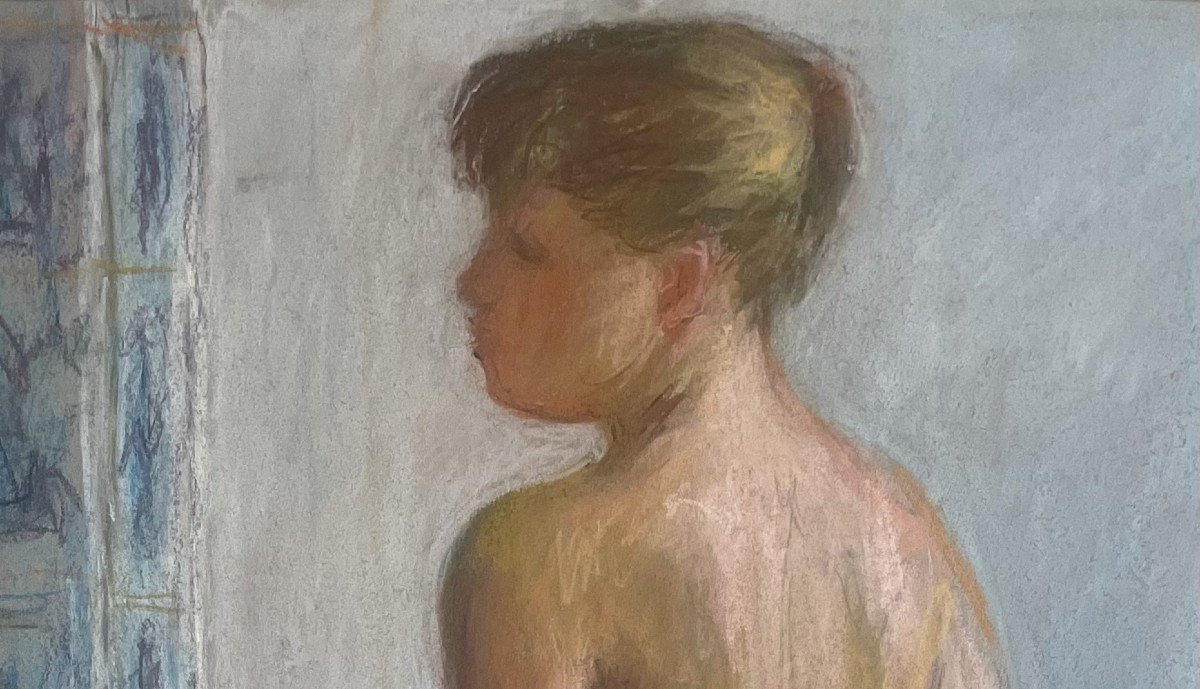
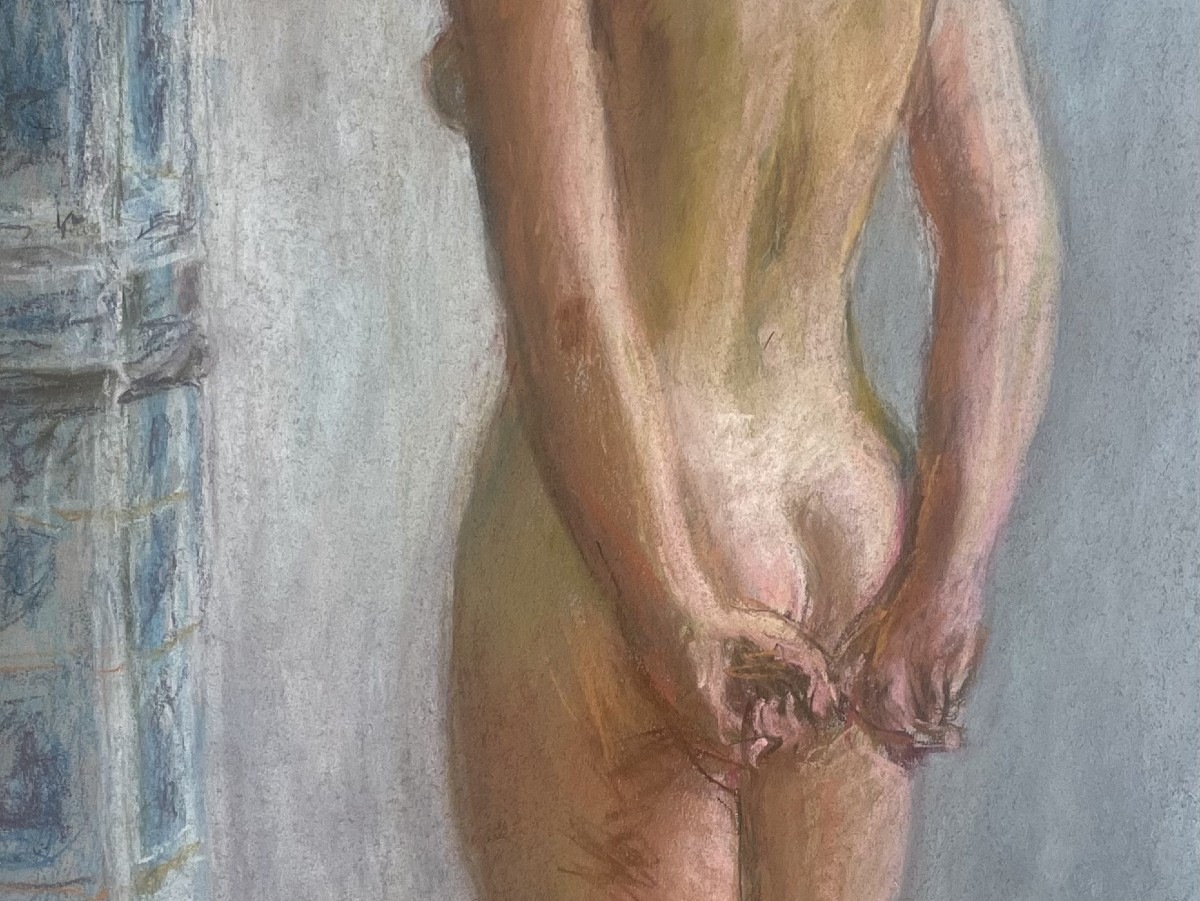
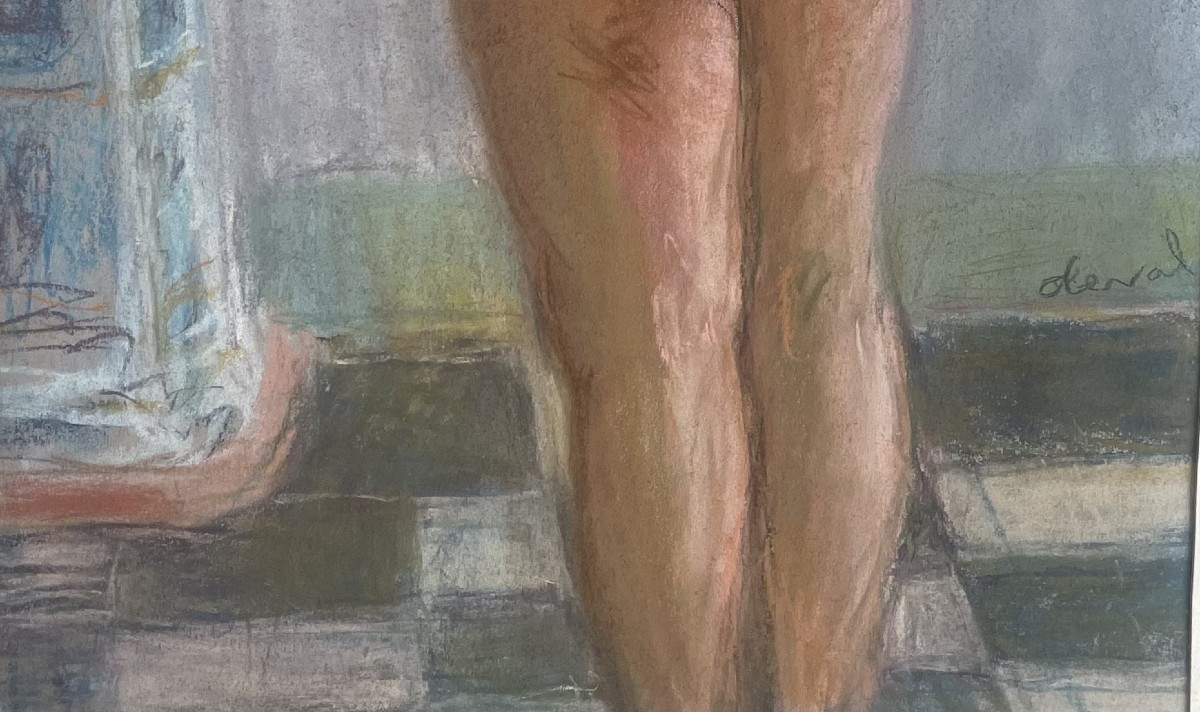
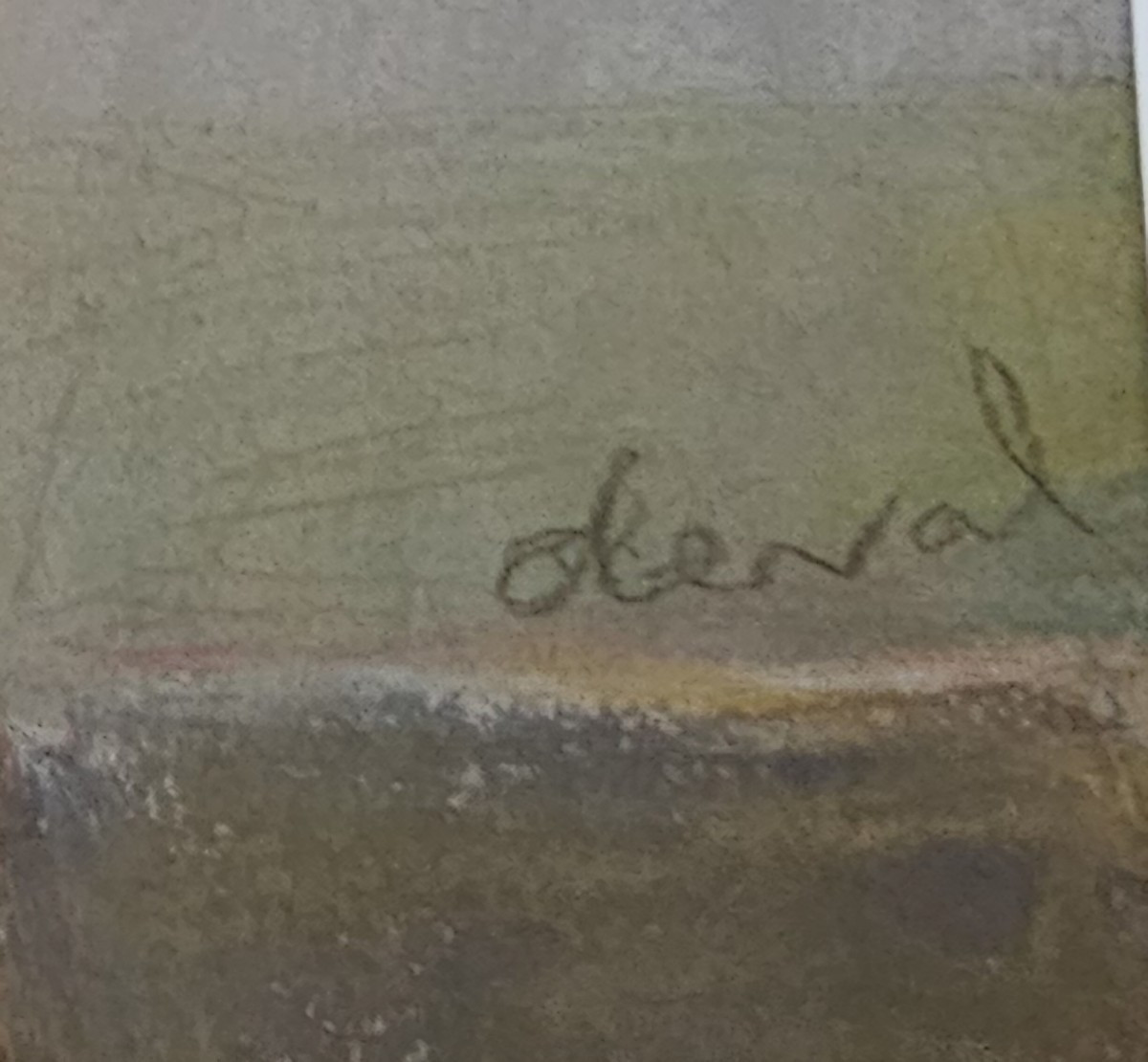
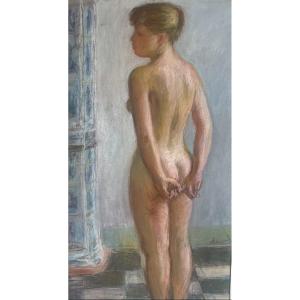





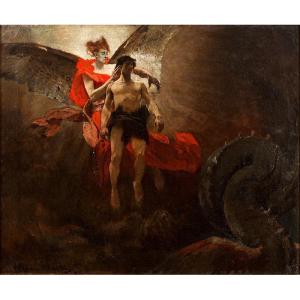
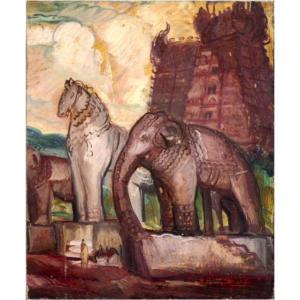
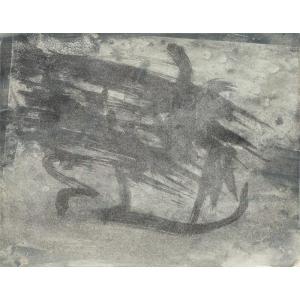
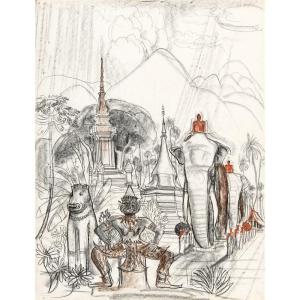

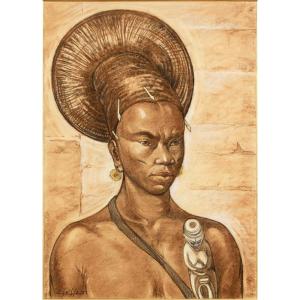
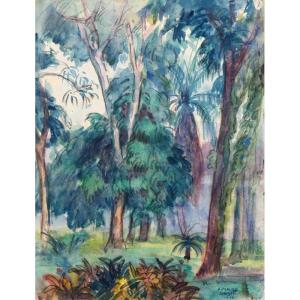

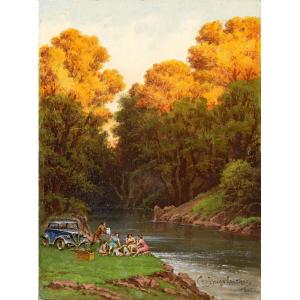
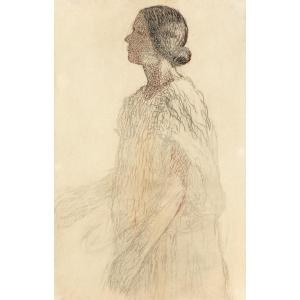

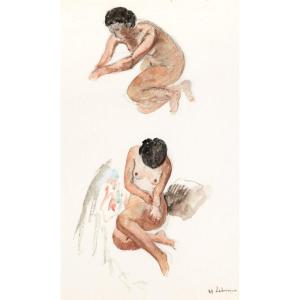
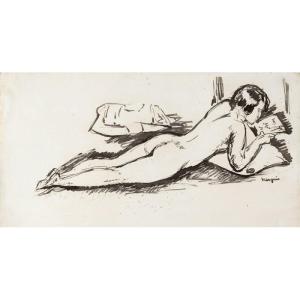



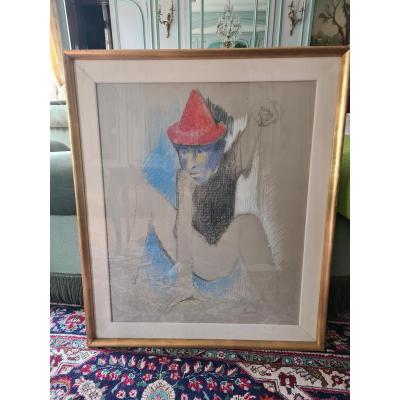






 Le Magazine de PROANTIC
Le Magazine de PROANTIC TRÉSORS Magazine
TRÉSORS Magazine Rivista Artiquariato
Rivista Artiquariato